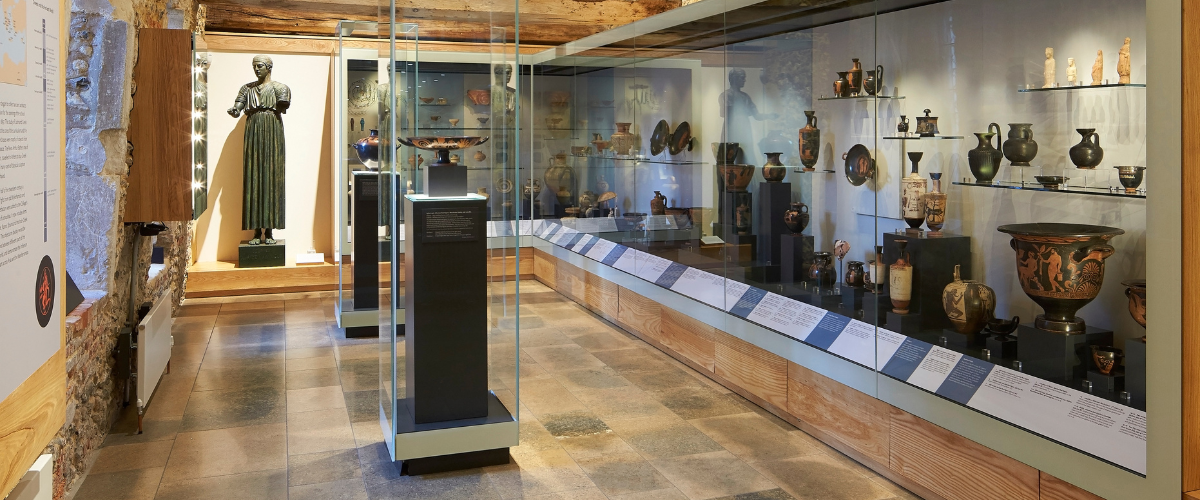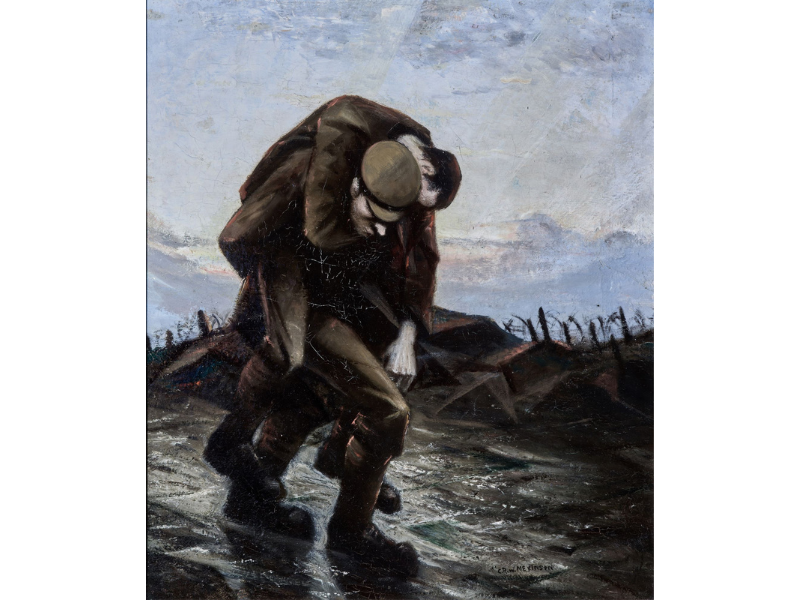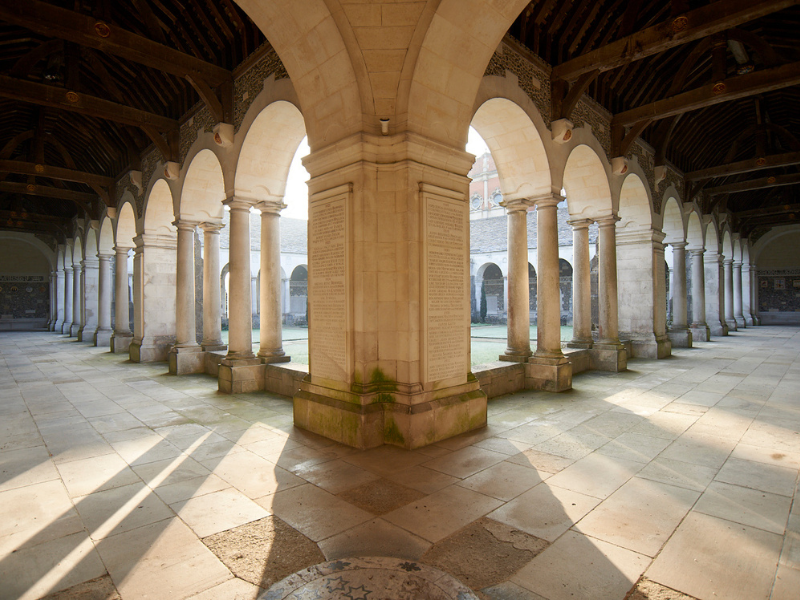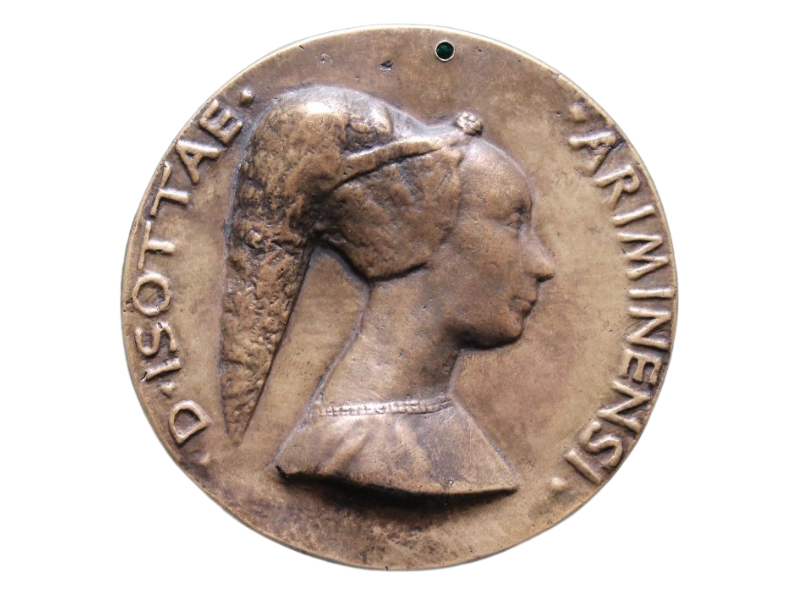

New Exhibitions Land in Treasury
War Cloister: A Centenary Exhibition
Treasury, 22 January to 31 July 2024
A new exhibition opens in Treasury this term, exploring the development of War Cloister, Winchester’s memorial to the dead of the First World War.
The exhibition is part of a series of events that mark the centenary of the opening of War Cloister and coincides with a conservation project to preserve the memorial for future generations.
War Cloister was conceived by Montague Rendall, Headmaster of Winchester from 1911 to 1924. He was deeply affected by the experience of leading the school through the First World War and devoted much of his energy to planning a suitable memorial to the 514 Wykehamists killed in the conflict. The exhibition includes a number of objects associated with Rendall, among them two important works of art from his collection, both of which reflect his experience of the war.
CRW Nevinson’s Twilight (1916) shows a soldier carrying a wounded comrade. It was one of the key paintings in Nevinson’s celebrated exhibition ‘Pictures of War’ at the Leicester Galleries in 1916. Eleanor Fortescue-Brickdale’s Winchester Triptych (1926-27) was commissioned by Rendall on his retirement.
It includes part of the inscription from War Cloister and, like the memorial, connects the sacrifice of the First World War with medieval ideals of knightly service.

CRW Nevinson’s Twilight (1916)
The architect appointed to design War Cloister was Herbert Baker, already well-known for his government buildings in India and South Africa. As the exhibition shows, his original plan was for an ambitious series of new buildings on Meads, including an assembly hall as well as a cloister. At one stage there were proposals to move, brick by brick, the nineteenth-century Memorial Buildings and the seventeenth-century schoolroom. Rising costs meant that these plans were scaled down, and only the cloister was built. Construction began in the spring of 1922 and War Cloister was opened on 31 May 1924. The total cost was just under £65,000 (roughly £5 million to £10 million in today’s prices).
Writing to Baker in 1925, Rudyard Kipling described War Cloister as ‘near perfection as human work can be’ and ‘incomparably the best of all the war memorials’. It remains greatly admired today and is widely regarded as one of Baker’s masterpieces.

War Cloister
Images of Fame: Italian Renaissance Portrait Medals
Treasury, 22 January to 31 March 2024
Portrait medals are one of the most characteristic products of the Italian Renaissance.
A temporary display in Treasury examines the early development of this art form, from the princely courts of northern Italy to the resurgent city of Rome.
It features work by leading artists, such as Pisanello, and images of some of the great personalities of the fifteenth-century, from Sigismondo Malatesta to Pope Paul II.


 Head back to stories
Head back to stories